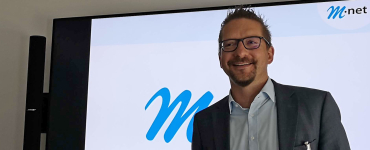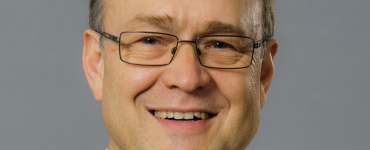How can resilient infrastructures be designed? Experts from the eco Networks Competence Groups and KRITIS will discuss this on 16 April at the DE-CIX MeetingCenter in Frankfurt. One of the panellists at the German-language event Resilience Recommendations in the Context of Municipal Network Infrastructures: Municipalities and Municipal Utilities Targeted by KRITIS is Jörg Steins, Managing Director of LEW TelNet. In this interview, he provides tips for resilient Internet.
Mr Steins, how does LEW TelNet define infrastructure resilience?
To clarify, it is easier to distinguish between resilience measures for the data network and other areas relevant under KRITIS and resilience for our data centres. In the area of data networks, we ensure resilience primarily through continuous monitoring and testing of the infrastructure (BCM tests) as well as redundant lines and devices. Our backups are checked for ransomware and distributed across two data centres for security reasons. We also focus on decentralisation when it comes to the location of our employees: workstations are locally separated. We also ensure resilience through regular technical and organisational audits and corresponding descriptions in our operating concepts. Our patch, change and incident management is supported by timely security updates. We also employ risk analyses and protection needs assessments. Our data centres are EN 50600 and ISO 27001 compliant, which means that our risk analyses, our operating concept, regular audits and patch, change and incident management meet all the required standards. We also achieve the highest levels of security through redundant systems (e.g. for NEAs, UPSs and network components as well as fire compartments), BCM tests such as the black building test and special security concepts such as perimeter protection.
How can resilience in the data network be further optimised?
We work closely with our client on this. This includes defining the requirements for the optimisations. We then collaborate with the client to develop implementation options. This includes, for example, redundant routing, blackout-proof design of emergency power systems, as well as diesel and UPS systems and consideration of sufficient power reserves.
How does LEW Telnet map resilience in DC operations on the physical side?
Our data centres adhere to EN 50600 certifications. The European data centre standard EN 50600 specifies requirements for the design of construction, power supply, air conditioning, cabling and security systems as well as operation requirements. Considering the desired availability classes, requirements are established for e.g. redundancy, spatial separation, physical security of the property (security concept regarding perimeter protection, zones, etc.) and verified by an independent body. Vulnerabilities are identified during this process and must be rectified within a defined period of time. All LEW TelNet data centres are equipped with redundant systems (NEAs, UPSs, network components, fire compartments).
Mr Steins, thank you for the interview!
With around 6,500 kilometres of fibre optic network in Bavarian Swabia and parts of Upper Bavaria, as well as approximately 300 broadband projects, LEW TelNet stand as one of the largest regional network operators between Donauwörth and Schongau. In addition to future-proof broadband concepts, LEW TelNet also offers companies a broad portfolio of services in the areas of Internet connectivity, IT security, data centre, site networking, network, telephony and mobile working. LEW TelNet serves as the telecommunications company of the LEW Group and employs approximately 140 people. Further information can be found at www.lewtelnet.de.




